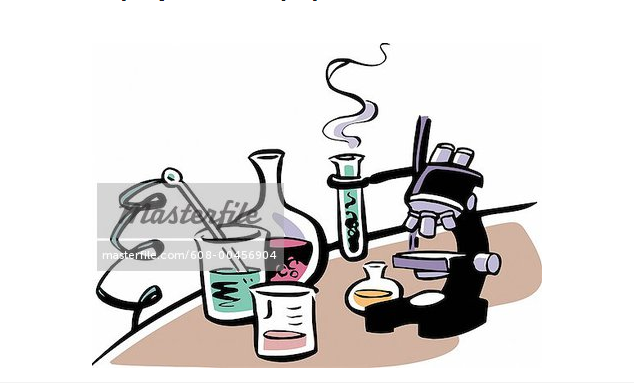 |
| Me and Staff in "Making Strange" |
 |
| "Making Strange" |
On April 29th, I went to the Fowler museum
at UCLA. I had an economic class in the lower floor of this building before,
but it is the first time I visit the museum. I visited the “Making Strange”
exhibition, and I also visited “Singular Spaces” which are photographs on the
wall. “Making Strange” gave me a very profound impression, and this exhibition
actually shows a close relation between art and medical science. Besides, it
certainly shows some “two cultures” ideas. A lot of knowledge I just learnt in
Desma 9 class can be applied which makes me so excited.
 |
| Pill-fill |
I saw a large number of art pieces in the
exhibition, and most of them are mixture of some different materials and objects.
It reminds me “two cultures” I learnt in class. Even though it is different from
idea and definition I learnt for “two cultures”, it gives me some intuitions. If
we put different materials and objects together, we can get some very artistic
result, and I am really surprised the amazing combinations. For example, “Pill-fill”
is a humanoid artwork, and it is made by pills, capsules, glass-nylon and
zipper. In my personal point of view, it not only gives me intuition of “two
cultures”, but also reminds me the close relation between art and medicine. The
artist utilizes the pills and capsules to make this piece more artistic.
 |
| Holdall |
 |
| Shoeskin Hoop |
There are another two examples which also gives me
intuition of “two cultures”. They are “Shoeskin Hoop” and “Holdall”. “Shoeskin”
is a nice and fashion dress which is made by shoelaces and shoe pad. I was
totally shocked by the extremely creative thought. I thought there is no relationship
between shoelaces and fashion dress, but the artist perfectly combines these
two “cultures” together. “Holdall” uses very similar idea, and it is a big bag
which is made by many different small bags. This kind of combination will flash
our conservative mind, and it can give us a different perspective of beauty and
art.
Just before I left, I saw an art piece which shows directly
relationship between art and medical technology, and I also used this as an
example on my week four post. This piece marks all the acupuncture point in
Chinese on the left part, and it shows human’s muscle and veins on the right
side. The perfect combination of art and medical technology really attracted
me.
Visiting Fowler Museum is my recommendation for my classmates. You can really enjoy and learn a lot. By the way, it is free for everyone.
Work Cited:
Sundaram,
Vivan. "Making Strange." Fowler Museum at UCLA. Web. 29 Apr. 2015.
<http://fowler.ucla.edu/exhibitions/making-strange-gagawaka-postmortem-vivan-sundaram>.










C%248CM085G5.png)





6TR%7D)PUFUB.jpg)



ZP%5D%7D3M3Z6)JW.png)
PC%60XK%40%7B%25%40ZP2WI35LC2I45.png)



%402CI_%5D8KBL0.png)